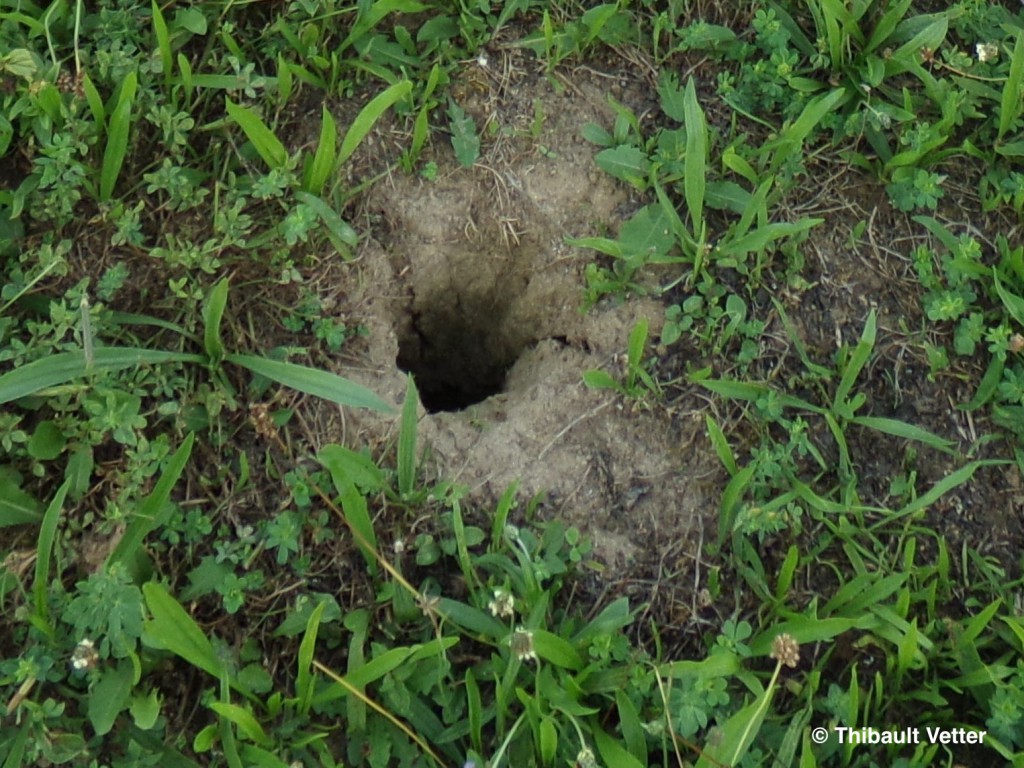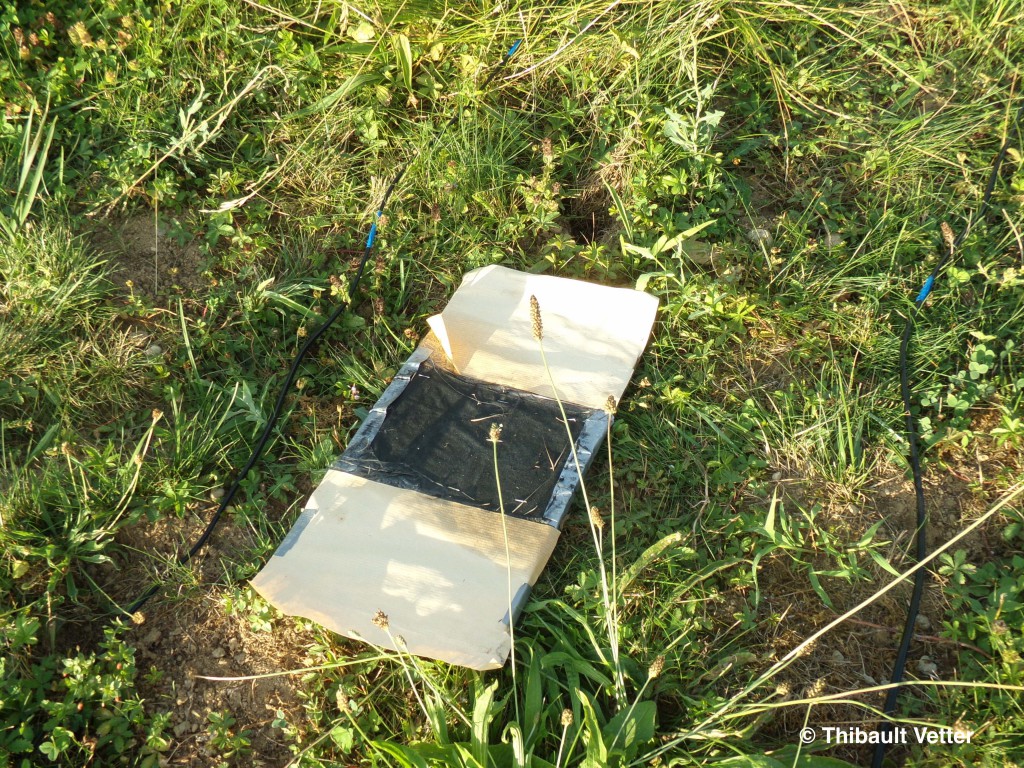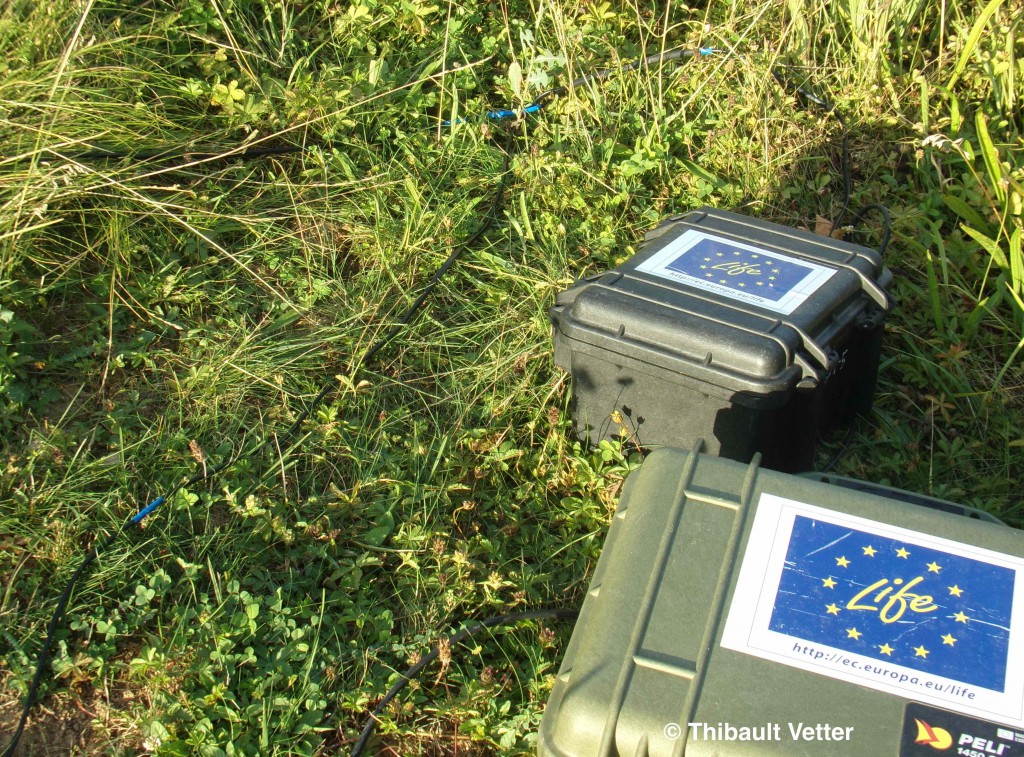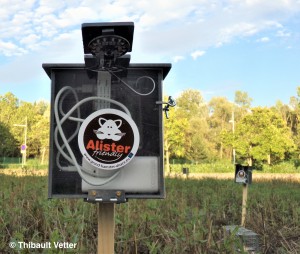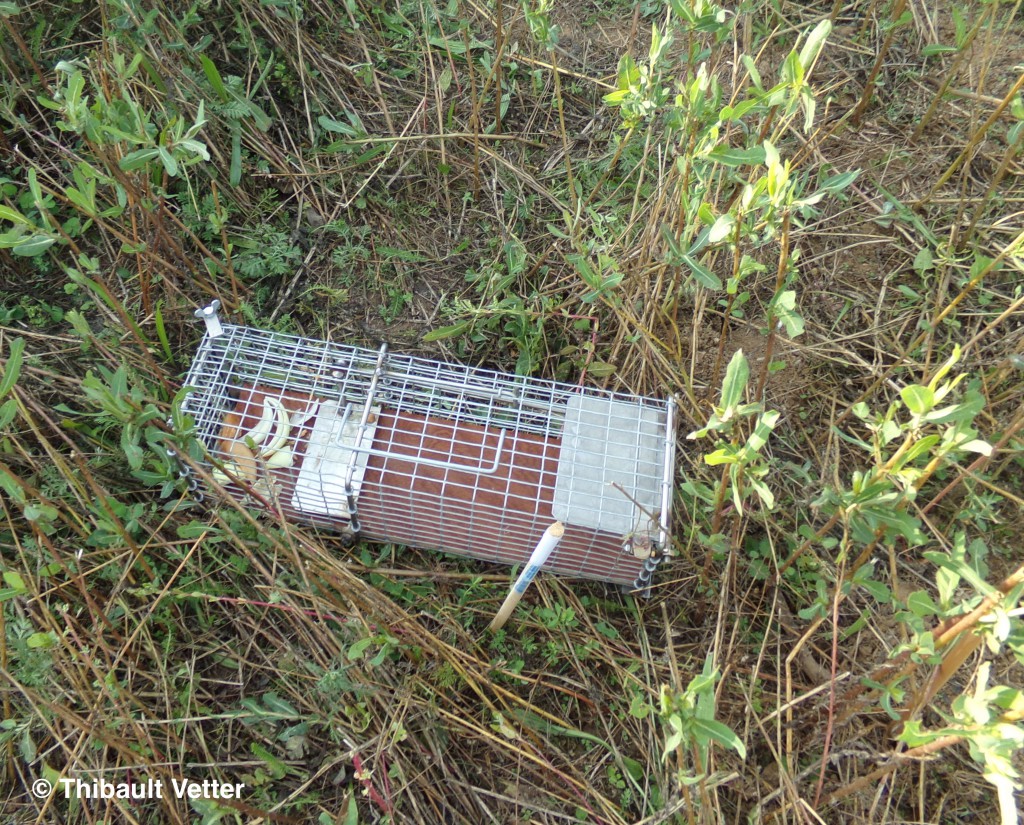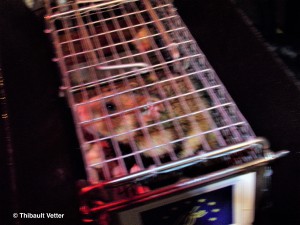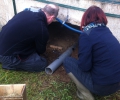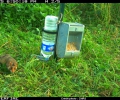Monitoring hamsters introduced into an urban periphery zone
13 octobre 2017The Eurometropolis has a few new inhabitants that are slightly different. They are European Hamsters released by the CNRS (French National Centre for Scientific Research) just over a month ago in Schiltigheim and Holtzheim. The situation is critical as the natural environment of this emblematic rodent has almost completely disappeared. The aim is to find a new habitat that is suitable for the populations of this threatened species to become re-established. 40 females have been introduced over the two sites on the outskirts of the European capital and a study is now being carried out.
A unique experiment
This study is the first of its kind. European hamsters typically live in rural areas, but within the scope of LIFE Alister, the CNRS researchers are testing the species’ ability to adapt in an environment that it is discovering for the first time, that of the town. To this end, a very precise monitoring protocol has been set up. The hamsters have to be registered and localised as accurately as possible.
The following is the typical programme of a monitoring session carried out by the scientists four times a week.
As the animals are active from dusk, the researchers arrive at the site at about 6 pm. They begin searching for the hamsters by marking out the entire surface area of the sites and their surroundings to look for the burrows. Each potential burrow is localised geographically by GPS coordinates.
The hamster burrows are much bigger than the burrows of voles or brown rats and may be almost vertical.
Three types of detection system for greater reliability
- Ink tracking cards. These determine the presence of a hamster in a given area. The advantage of this technique is that ink tracking cards are cheap and easy to make in considerable number, so two tracking cards can be positioned outside each burrow in the right weather conditions. Generally, the scientists leave them on the site for over 24 hours. If the researchers see any tracks when they come to check, they determine the species using an identification key. They can also compare the tracks they have collected with those of a European Hamster.
Example of an ink tracking card placed outside a burrow. This one has been made using two sheets of plain paper to show the tracks. An ink pad between the sheets coats the paws of the animals that walk over it with ink, which then leave black prints on the white paper.
- Loop antennas. A wire forming a loop approximately 3 metres long creates a detection field. These devices are usually left for 4 hours outside a burrow. If a hamster passes between the two sections of the antenna, it is identified by a microchip that is specific to each individual (RFID). The advantage of this system therefore is that it identifies the hamster, but it is more expensive and the team only possesses two antennas.
The antenna is wired up to a black box that displays the number matching the microchip of the hamster that has passed between the two wires in the loop. The black box is powered by a green battery case, supplying energy for 10 to 12 hours.
- A system of infrared micro-cameras. These are placed outside the burrows and film for a period of 5 hours. Infrared LEDs allow for good visibility at night, so when a hamster passes in front of the camera, it is filmed and can potentially be identified from the specific tag on its ears. The scientists have about 20 of these cameras, enabling them to observe a large number of burrows at the same time.
The cameras resemble boxes, inside which is a power supply with a battery. The micro-camera and the infrared LEDs are fixed to a rotating device on the outside of the box.
These three systems are all used simultaneously, allowing the perimeter of European Hamster movements to be marked out as effectively as possible.
At about midnight, when all the hamsters have returned to their burrows, it is time for the scientists to pack up their equipment.
Monitoring the health of the animals
The traps are more than big enough to accommodate a hamster or any other type of rodent present on the sites. When they are set, regular checks must be made to act quickly to free any animal that has been caught.
Trapping is scheduled once a month. The protocol consists in positioning about two traps at every burrow. Bait of apples and onions is placed at the back of the traps to attract the hamsters. Capturing the animals enables the scientists to ascertain the identity of the individuals (via RFID chips), to localise them and to check their health by weighing them and measuring their feet. All this is carried out as rapidly as possible, so as not to cause undue stress to the animal. Everything is carried out for the wellbeing of the hamster, which is then put back into its burrow.
The researchers usually handle the animals during the night, which requires a lot of concentration; it generally takes about 10 minutes.
It is very important to monitor the animals as this enables a maximum amount of information to be collected to assess the relevance of attempting to introduce the species into a zone of urban periphery. If the study reveals that these zones can become an alternative habitat for European Hamsters, then this will be a new lead on saving the species. Hamster populations could grow there before spreading to reintegrate their natural environment.
Further information on this topic:
http://www.grand-hamster-alsace.eu/the-urban-periphery-goal-progress-report/?lang=en

